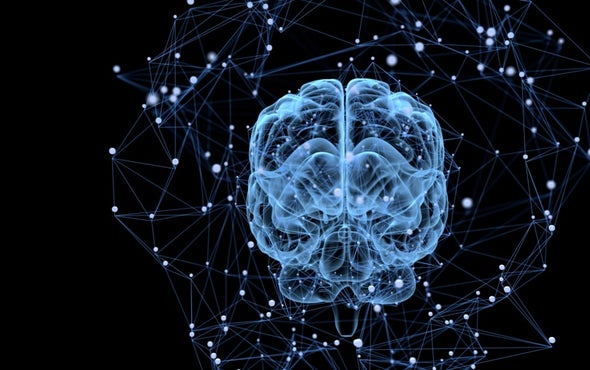Decoding The Engram
By Vaishnavi
Pernenkil
Have
you ever encountered a smell that reminded you of a person, or even a song that
makes you reminisce about the past? It seems as if our memory encoding process
is one that is unique to every individual, yet recent research by Dr.Chen at
John’s Hopkins University states otherwise. Her recent fMRI study where participants
were shown the first episode of the BBC show Sherlock and were told to retell their own versions of the same scene,
showed that similar areas of the brain lit up when participants were recalling
their experiences. This experiment paired with another one done by Sheena
Josselyn from the Toronto Hospital for Sick Children try to decode the engram.
The engram, a term coined by the
famous psychologist Karl Lashley is a physical trace of a single memory. Karl
Lashley was the first psychologist to test lesioning studies in rats and tried
to figure out the link between memory encoding and specific regions of the brain.
His work focused on lesioning the cortex of rats and testing their ability to
solve a maze. This study has now inspired new work regarding specific regions
of the brain and memory encoding. A recent study done by Sheena Josselyn, “focused
on boosting the memory protein CREB in some cells in the amygdala and showed
that those neurons were especially likely to fire when mice learned, and later
recalled, a fearful association between auditory tone and foot shocks” (Scientific
American). They concluded that eliminating these CREB cells would then allow
the animal to forget their fear. They tested this hypothesis by injecting a
CREB protein toxin, and when reintroduced to this tone these rats did not show
a fear response. This study shows that certain parts of the brain encode
memories specifically and, “that there are specific rules by which cells become
part of the engram” (Scientific American).
A separate study done by Dr.Chen at
John’s Hopkins University tried to follow how memory recall occurs, and what specific
regions of the brain are associated with memory recall. This study showed
participants the first episode of the BBC show Sherlock and then studied brain activity when these participants
recalled the episode. This study concluded that the hippocampus, and the posterior
medial cortex lit up in all participants when recalling the first episode of
the show, showing that recall patterns are very similar amongst multiple
participants. These studies are paving
the way for understanding the engram and are getting close to decoding the
engram. It seems as if the way we think are more similar than previously imagined.
It is only with the advent of these fMRI studies and curiosity of brilliant minds
that we are getting close to understanding how the brain remembers, and how
memories are formed.
Shen, Helen. “Portrait of a Memory.”
Scientific American, Scientific American, 14 Mar. 2018,
www.scientificamerican.com/article/portrait-of-a-memory/.


I find it magnificent that we are able to understand our brains to a greater extent with the expansion of technology. Using the CREB toxin to eliminate a response such as fear was very interesting. I am curious to see if this research will be developed into possibly removing specific memories as this could be high demand. It was also stated that when the memory protein CREB in the amygdala was boosted, the neurons in the mice were especially likely to fire when the mice learned. Another important question to ask would be if this would be able to be applied to enhance learning in school. As technology progresses and we expand our knowledge on the brain, surely the research will become more refined and applicable to real life situations.
ReplyDelete